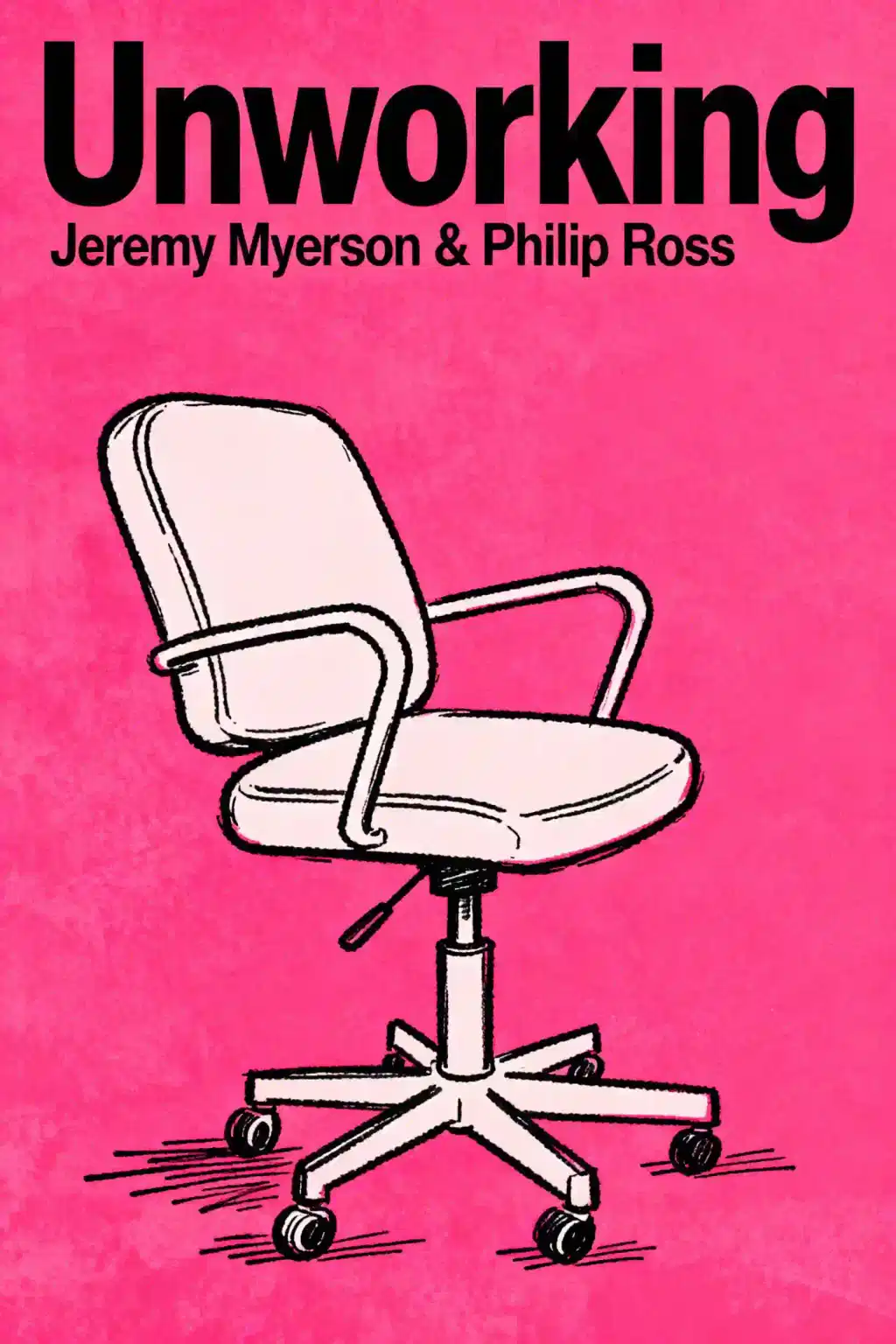What is
Unworking: The Reinvention of the Modern Office about?
Unworking examines the post-pandemic transformation of office culture, advocating for a radical rethink of workplace design, technology, and habits. Authors Jeremy Myerson and Philip Ross argue that crises like COVID-19 demand "unworking"—unlearning outdated practices to embrace flexible, inclusive, and digitally integrated workspaces. The book spans historical context, emerging trends in urbanism and wellbeing, and actionable strategies for reinvention.
Who should read
Unworking: The Reinvention of the Modern Office?
This book is essential for HR leaders, office designers, hybrid work managers, and urban planners seeking to adapt to post-pandemic workplace dynamics. It offers insights for anyone interested in reimagining office layouts, fostering diverse teams, or leveraging technology for hybrid collaboration. Myerson’s research-backed approach makes it valuable for academics studying organizational behavior.
Is
Unworking worth reading in 2025?
Yes—Unworking remains relevant for addressing ongoing shifts in remote work, AI integration, and urban office decentralization. A 2023 Business Book Awards finalist, it provides actionable frameworks for balancing productivity with employee wellbeing. The authors’ focus on adaptive strategies ensures applicability to evolving workplace challenges.
What does "unworking" mean in the book?
The term refers to dismantling entrenched office norms—from rigid 9-to-5 schedules to hierarchical layouts—to create agile, human-centric workspaces. Myerson and Ross frame it as a three-step process: unraveling outdated systems, unbundling assumptions about productivity, and unlearning habits that hinder innovation in hybrid environments.
How does
Unworking address hybrid work models?
The book advocates for "activity-based working," where offices prioritize collaborative zones over assigned desks. It emphasizes asynchronous communication tools, equitable remote access, and redesigning urban offices as hubs for creativity rather than daily attendance. Case studies illustrate how companies reduce real estate costs while boosting engagement.
What role does technology play in
Unworking’s vision?
Myerson and Ross highlight AI-driven space utilization sensors, VR meeting platforms, and cloud-based project management tools as critical to the modern office. However, they caution against over-reliance on surveillance tech, stressing the need for balanced, privacy-conscious implementations.
How does
Unworking critique traditional office design?
The authors argue that 20th-century cubicle farms and corner offices perpetuate inequality and stifle collaboration. They propose biophilic design elements, adjustable lighting, and modular furniture to support neurodiverse teams. Historical examples contrast early open-plan failures with today’s activity-based layouts.
What urbanism concepts does the book explore?
Unworking predicts reduced downtown office footprints, with satellite co-working spaces in residential areas. It analyzes how mixed-use buildings blending retail, housing, and workspaces can revitalize cities while cutting commute times. Examples include Amsterdam’s Edge Tower and Tokyo’s “micro-offices”.
How does Jeremy Myerson’s background influence the book?
Drawing on 40+ years in design research—including founding the Helen Hamlyn Centre and WORKTECH Academy—Myerson blends ethnographic studies with real-world case examples. His earlier work on inclusive design for aging populations informs the book’s emphasis on accessibility.
What are criticisms of
Unworking?
Some reviewers note the historical analysis of offices (pre-2020) feels oversimplified, focusing more on futurism than nuanced past lessons. Additionally, smaller businesses may find high-tech redesign proposals cost-prohibitive without tailored adaptations.
How does
Unworking relate to
Atomic Habits or
Deep Work?
While Atomic Habits targets personal routines, Unworking applies systemic change to organizational structures. Unlike Cal Newport’s focus on individual concentration, Myerson prioritizes collective redesign—aligning spaces with collaborative "flow states" rather than isolated productivity.
What quotes summarize
Unworking’s message?
“The office isn’t a place—it’s a verb.”
This emphasizes shifting from static locations to dynamic processes. Another key line:
“Wellbeing metrics will replace presenteeism KPIs,”
forecasting health-centric performance evaluation in hybrid models.





















